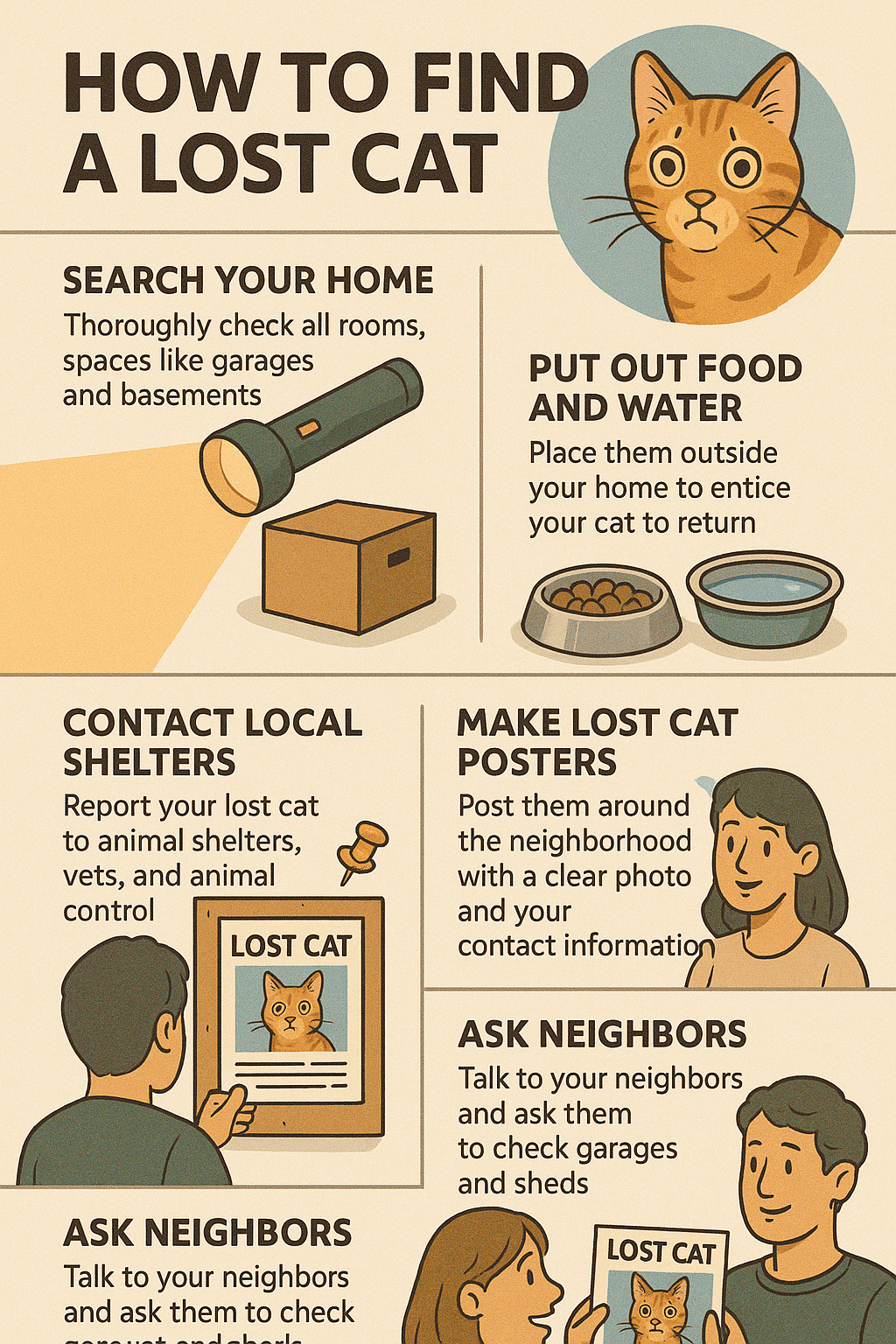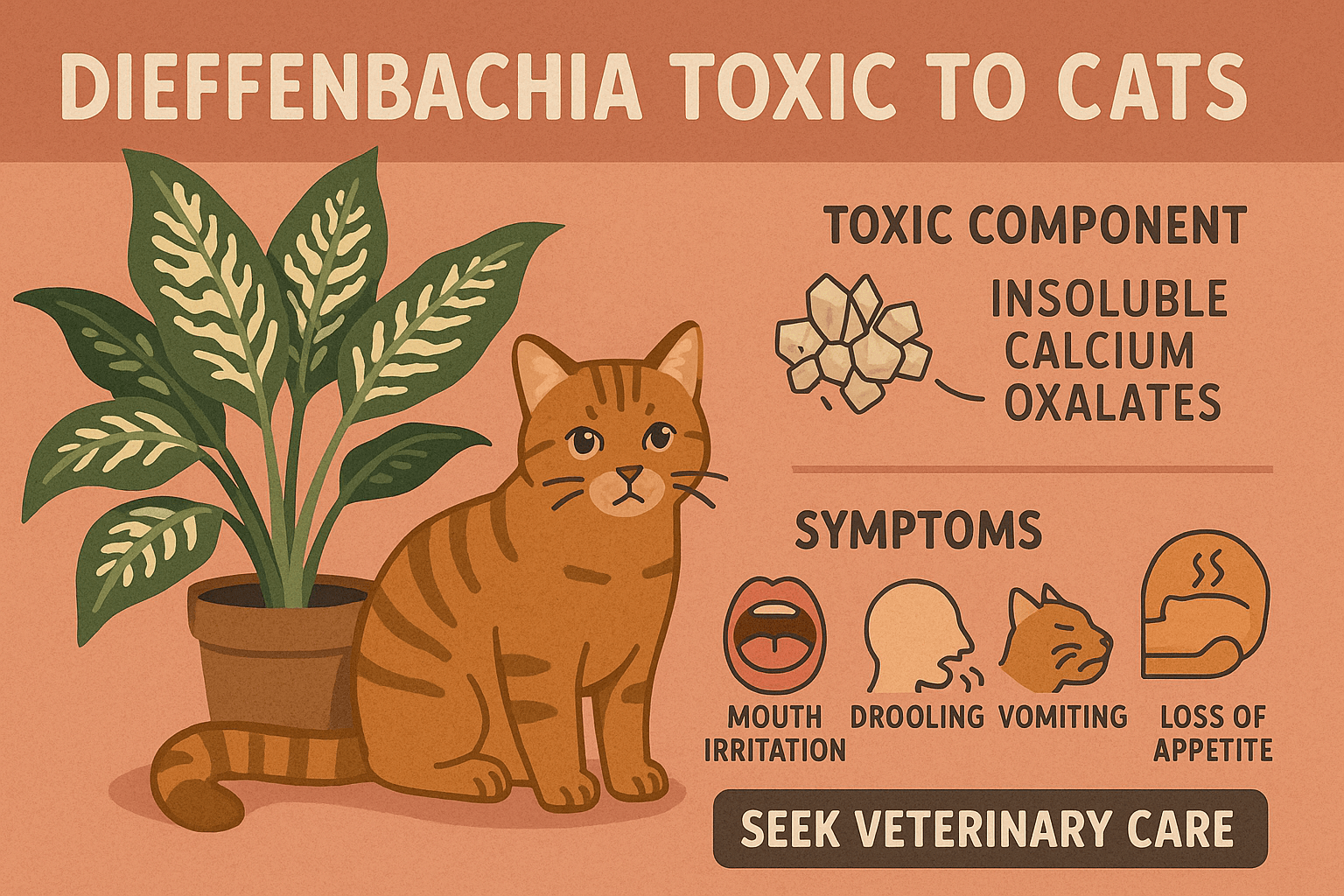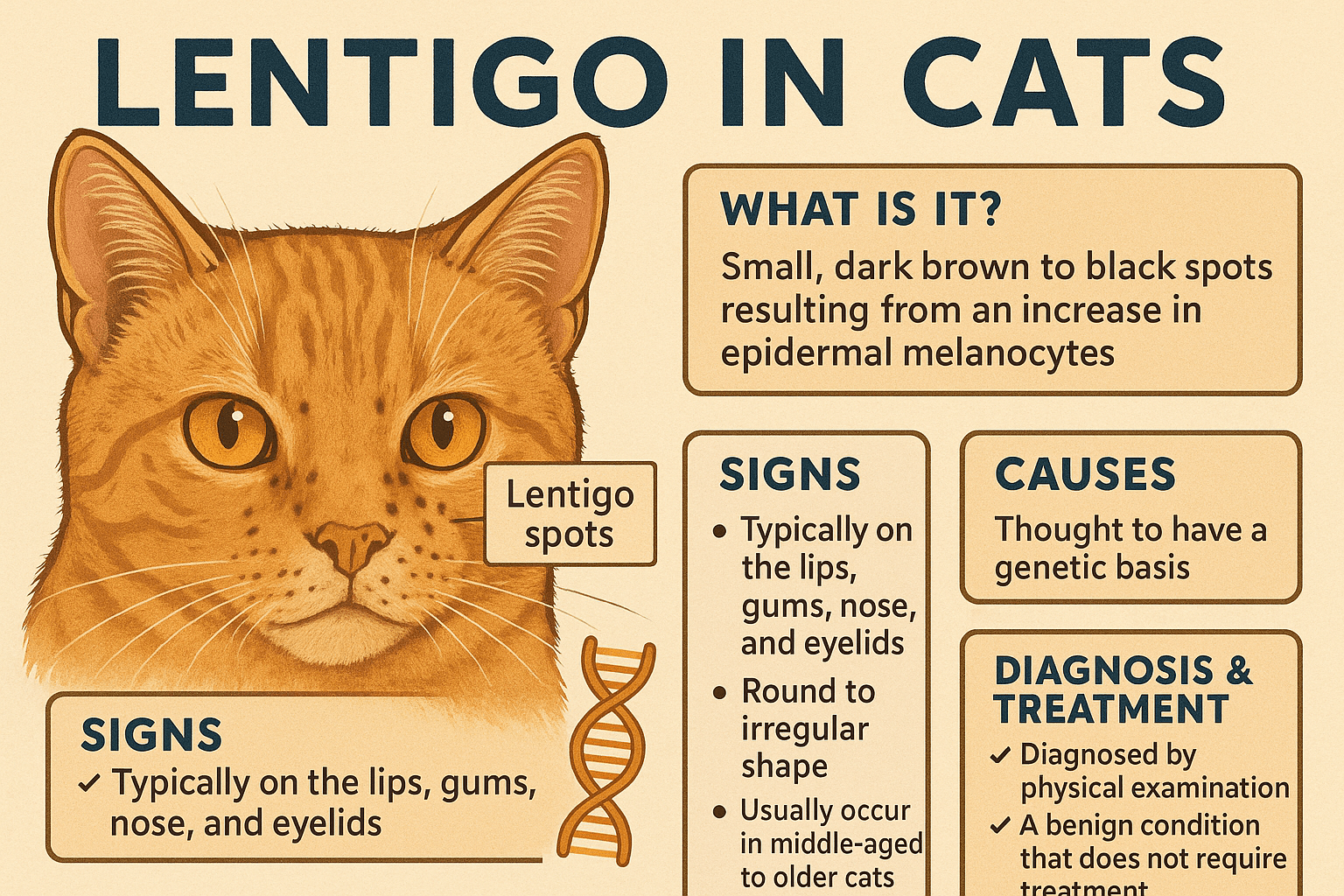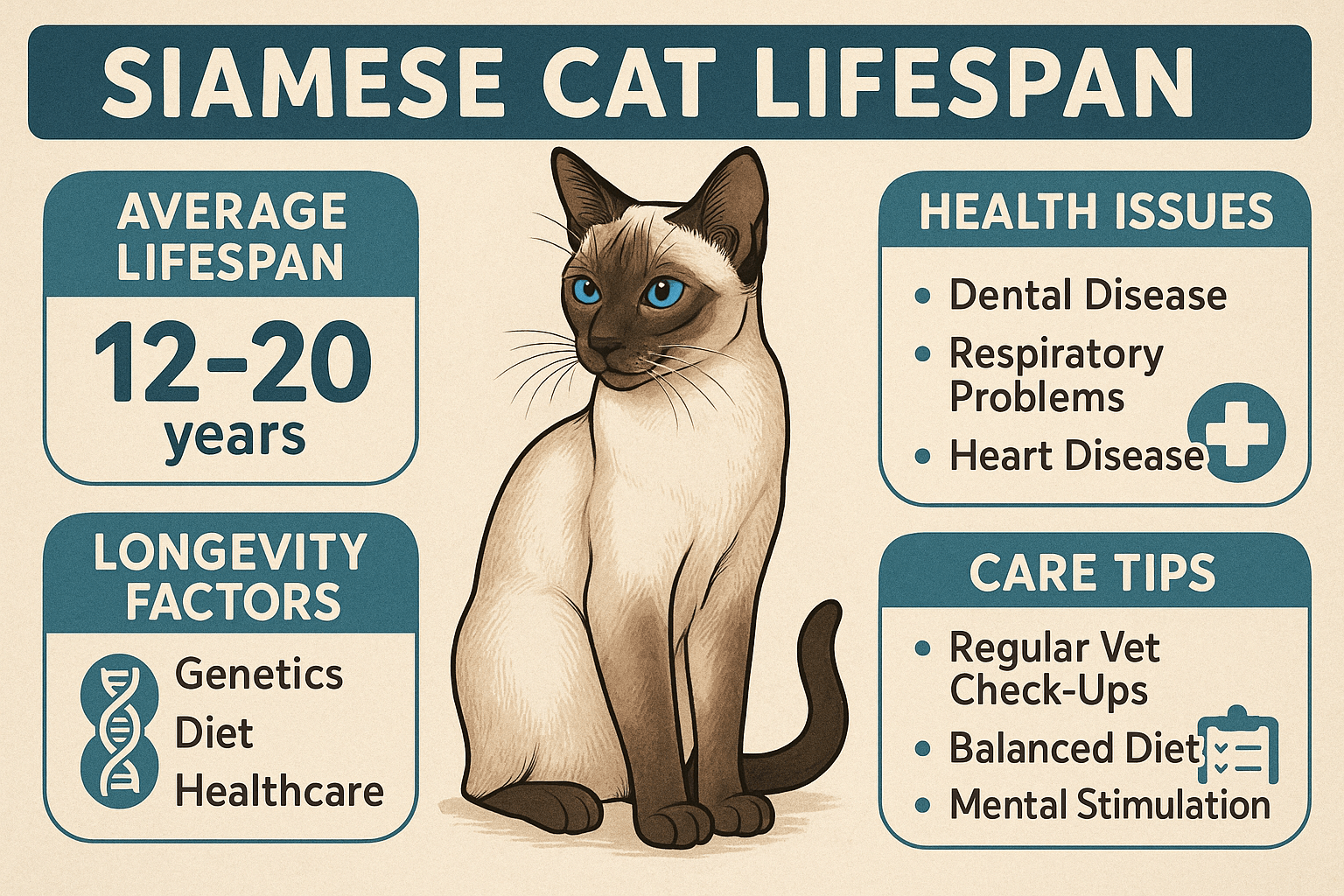Can Cats Eat Daffodils?
Daffodils are a cheerful and iconic symbol of spring, brightening gardens and homes with their vibrant yellow blooms. However, while these flowers may be harmless to humans, they pose a significant danger to our feline friends. Cats, being naturally curious creatures, might nibble on plants or flowers out of instinct or boredom, but certain plants—like daffodils—can have toxic effects. Understanding the risks associated with daffodils and how to keep your cat safe is essential for every pet owner. In this blog post, we’ll explore everything you need to know about cats and daffodils, from their potential dangers to tips for preventing accidental ingestion.
Why Are Daffodils Toxic to Cats?
Daffodils contain several toxic compounds that can harm cats if ingested. These substances affect a cat’s digestive, neurological, and cardiovascular systems, making them highly dangerous. Here’s what makes daffodils so harmful to our furry companions.
Alkaloids in Daffodils:
The primary toxin in daffodils is lycorine, an alkaloid that causes vomiting and diarrhea when ingested.Bulbs Are the Most Dangerous Part:
The bulb contains the highest concentration of toxins, making it particularly hazardous if a cat chews on it.Irritation of the Mouth and Throat:
Even small amounts of daffodil sap can irritate a cat’s mouth, causing drooling and discomfort.Neurological Symptoms:
Ingesting larger quantities can lead to tremors, seizures, or other neurological issues due to the toxins’ effects on the nervous system.Cardiac Distress:
Severe cases of daffodil poisoning may result in abnormal heart rhythms or even cardiac arrest.
These risks highlight why it’s crucial to keep daffodils far out of reach of your curious cat.
Signs Your Cat May Have Eaten Daffodils
If your cat has ingested any part of a daffodil, they may exhibit specific symptoms that indicate poisoning. Recognizing these signs early can help you act quickly and seek veterinary care.
Vomiting and Diarrhea:
These are often the first signs of daffodil toxicity, as the body attempts to expel the toxins.Excessive Drooling:
Irritation of the mouth and throat can cause increased salivation and difficulty swallowing.Lethargy and Weakness:
Your cat may appear unusually tired or unsteady, indicating systemic effects of the toxins.Abdominal Pain:
Look for signs like hunching over or vocalizing when touched, which suggest stomach discomfort.Tremors or Seizures:
In severe cases, neurological symptoms like shaking or convulsions may occur, requiring immediate medical attention.
If you notice any of these symptoms, contact your veterinarian immediately to ensure your cat receives prompt treatment.
Check this guide 👉Can Cats Eat Bison? Best 7 Expert Tips!
Check this guide 👉Can Cats Eat Mulberries? Best 7 Expert Tips!
Check this guide 👉Can Cats Eat Lanternflies? Best 7 Expert Tips!
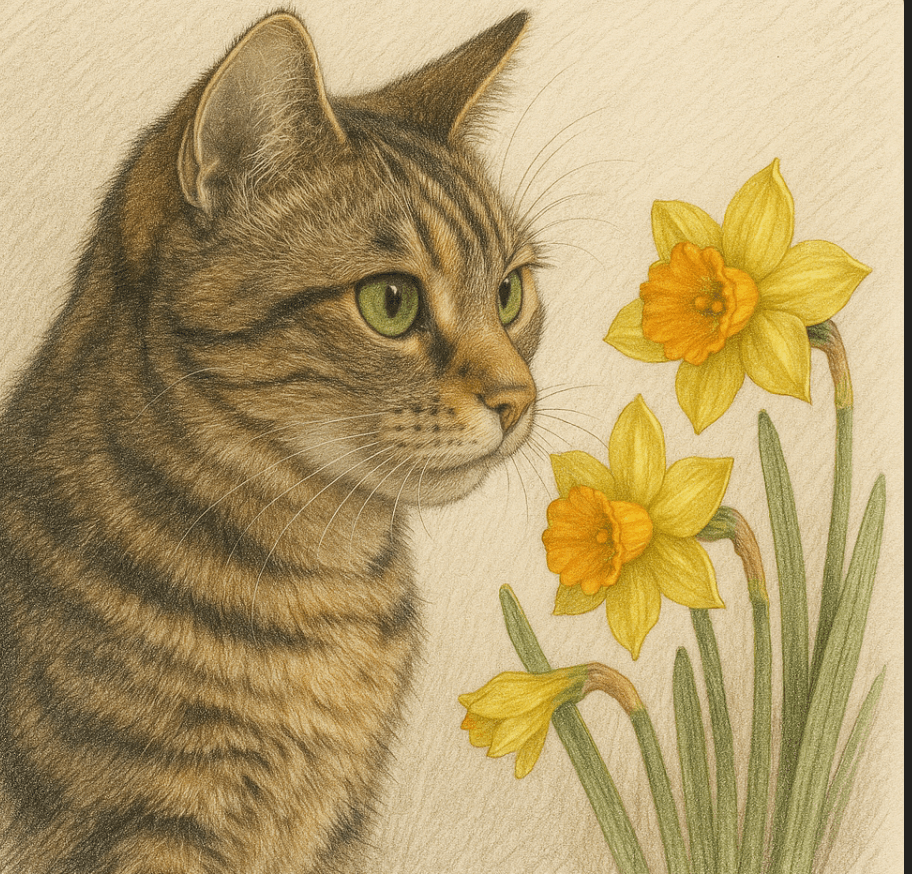
Safe Alternatives to Daffodils | Risks of Keeping Daffodils Around Cats |
|---|---|
Spider plants (non-toxic) | Vomiting and diarrhea |
Cat grass | Mouth irritation and drooling |
Boston ferns | Lethargy and weakness |
African violets | Abdominal pain and distress |
Orchids | Tremors or seizures in severe cases |
How to Prevent Daffodil Poisoning in Cats
Prevention is key to ensuring your cat stays safe around potentially toxic plants like daffodils. Here are some practical steps you can take to minimize the risk of accidental ingestion.
Avoid Planting Daffodils Indoors:
Keep daffodils out of your home entirely, especially in areas where your cat spends time.Create a Pet-Safe Garden:
Replace toxic plants with non-toxic alternatives to create a cat-friendly outdoor space.Supervise Outdoor Time:
If your cat goes outside, monitor their activities closely to prevent them from nibbling on unknown plants.Store Bulbs Securely:
Keep daffodil bulbs and cut flowers in places your cat cannot access, such as high shelves or locked cabinets.Educate Family Members:
Ensure everyone in your household understands the dangers of daffodils and knows how to keep your cat safe.
By taking these precautions, you can protect your cat from the dangers posed by daffodils and other toxic plants.
What to Do If Your Cat Eats Daffodils
If you suspect your cat has ingested daffodils, quick action is essential to minimize the effects of poisoning. Follow these steps to ensure your cat receives the care they need.
Remove Any Remaining Plant Material:
Gently remove any visible pieces of the daffodil from your cat’s mouth or paws to prevent further exposure.Contact Your Veterinarian Immediately:
Call your vet or an animal poison control hotline for advice on how to proceed based on the severity of the situation.Do Not Induce Vomiting Without Guidance:
Attempting to make your cat vomit without professional instructions can worsen the condition.Monitor Symptoms Carefully:
Keep a close eye on your cat’s behavior and note any changes to report to the vet.Transport Them Safely to the Clinic:
If instructed, bring your cat to the nearest veterinary clinic for evaluation and treatment.
Acting swiftly can make all the difference in ensuring your cat recovers fully from daffodil poisoning.
Common Misconceptions About Cats and Houseplants
There are several misconceptions about cats and houseplants that can lead to dangerous situations. Clarifying these myths helps cat owners make better decisions about plant safety.
“Cats Won’t Eat Plants if They’re Full.”
Hunger isn’t always the reason cats nibble on plants—it’s often driven by curiosity or instinct.“Only Outdoor Plants Are Dangerous.”
Many indoor plants, including daffodils, can be just as toxic as outdoor ones.“A Small Bite Won’t Hurt My Cat.”
Even small amounts of toxic plants can cause significant harm, depending on the substance.“Cats Know What’s Safe to Eat.”
Cats lack the ability to distinguish between safe and toxic plants, making supervision essential.“All Flowers Are Safe for Pets.”
Many popular flowers, like lilies and daffodils, are highly toxic to cats and should be avoided.
Understanding these truths ensures a safer environment for your feline friend.
Non-Toxic Plants That Are Safe for Cats
Creating a cat-friendly home doesn’t mean sacrificing greenery. There are plenty of non-toxic plants that are safe for cats to nibble on or explore.
Spider Plants:
These hardy plants are not only safe but also air-purifying, making them a great choice for pet owners.Cat Grass:
Specifically grown for cats, this grass satisfies their natural urge to chew on greens safely.Boston Ferns:
Non-toxic and lush, Boston ferns add a touch of elegance to any room without posing a risk.African Violets:
These colorful flowers are safe for cats and thrive in indoor environments with indirect light.Orchids:
Beautiful and non-toxic, orchids are a perfect way to brighten your home while keeping your cat safe.
These options allow you to decorate your space without worrying about your cat’s safety.
Tips for Creating a Cat-Friendly Garden
If you’re an outdoor enthusiast, designing a garden that’s safe for your cat is both achievable and rewarding. Here are some tips to get started.
Choose Non-Toxic Plants:
Opt for cat-safe plants like marigolds, snapdragons, and sunflowers to create a pet-friendly oasis.Install Fencing or Barriers:
Use fencing or netting to keep your cat contained and away from neighboring toxic plants.Provide Distractions:
Add toys, tunnels, or scratching posts to keep your cat entertained and less likely to nibble on plants.Avoid Chemical Pesticides:
Harmful chemicals can linger on plants and soil, posing additional risks to your cat’s health.Supervise Playtime:
Spend time outdoors with your cat to monitor their behavior and prevent unwanted plant interactions.
With careful planning, you can create a garden that’s both beautiful and safe for your feline companion.
Frequently Asked Questions About Cats and Daffodils
Are all parts of the daffodil toxic to cats?
Yes, all parts of the daffodil are toxic, but the bulb contains the highest concentration of toxins.
Can smelling daffodils harm my cat?
Simply smelling daffodils won’t harm your cat, but chewing or ingesting them can be dangerous.
What should I do if my cat eats a small piece of daffodil?
Even small amounts can cause symptoms; contact your vet immediately for guidance.
Are there any safe spring flowers for cats?
Yes, flowers like African violets, orchids, and roses are generally safe for cats.
How long does it take for symptoms of daffodil poisoning to appear?
Symptoms typically appear within a few hours of ingestion, depending on the amount consumed.
Keeping Your Cat Safe from Daffodils and Other Toxic Plants
While daffodils add beauty to our homes and gardens, they pose a serious threat to our feline companions. By understanding the risks and taking proactive measures, you can ensure your cat remains safe and healthy. Whether it’s choosing pet-friendly plants, supervising outdoor time, or acting quickly in case of accidental ingestion, your vigilance can prevent tragedy. Remember, your cat relies on you to provide a safe environment—and with a little effort, you can enjoy the beauty of nature without compromising their well-being.
How to Find a Lost Cat: Best 7 Expert Tips! Discover actionable strategies to locate your missing cat, understand their behavior, and prevent future escapes with expert advice.
Is Dieffenbachia Toxic to Cats? Best 7 Expert Tips! Discover the dangers of Dieffenbachia, symptoms of poisoning, and how to keep your cat safe with expert advice and preventive measures.
Lentigo in Cats: Best 7 Expert Tips! Discover expert advice on understanding, identifying, and managing lentigo in cats to ensure your feline's health and happiness.
Siamese Cat Lifespan: Best 7 Expert Tips! Discover how to maximize your Siamese cat’s longevity with expert advice on health, care, and lifestyle for a happy, thriving feline companion.

